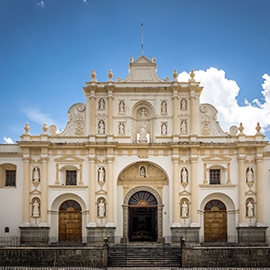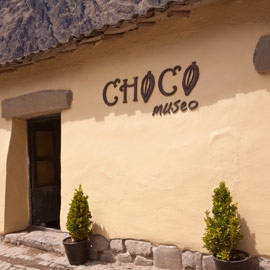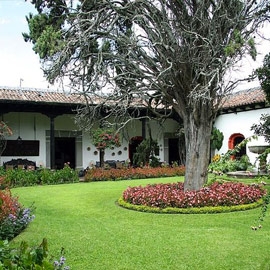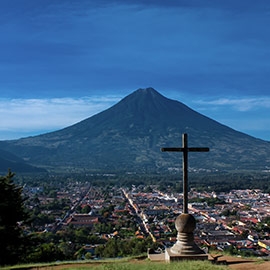Catedral de San José
The Cathedral of San José in Antigua, Guatemala, is an impressive temple that stands proud and tall despite the various avatars and earthquakes suffered over the years. The works were interrupted several times due to the frequent and continuous seismic movements, finally coming to fruition in 1680. However, later earthquakes damaged it again on different occasions. The one in 1976 destroyed the facade almost completely, but the structure has been totally rehabilitated. The Cathedral is a beautiful baroque style building that is very close to the Plaza Central square and the school.
Choco Museo
The perfect museum for true history lovers. A place where, in addition to getting to know everything about this drink of the gods, you can also try it.
Casa Popenoe
Casa Popenoe is a ranch from the colonial era that shows us what everyday life was like during the 18th century. A testimony of how it was to prosper in a harsh paradise.
Cerro de la Cruz
Cerro de la Cruz is a small mountain that revels in the best views of the city of Antigua, a perfect photo opportunity during your trip.
Parque Ecológico Florencia
Florence Park is a great place to get acquainted with the exuberant flora and fauna of Guatemala. A small but savory sample of what your trip will be like.
 QUICK FACTS ABOUT ANTIGUA
QUICK FACTS ABOUT ANTIGUA






 QUICK FACTS ABOUT CORDOBA
QUICK FACTS ABOUT CORDOBA